Explore Our Garden Wildlife Blog
Browse or search by Category or Keyword below, alternatively click on any Tag to see related articles.
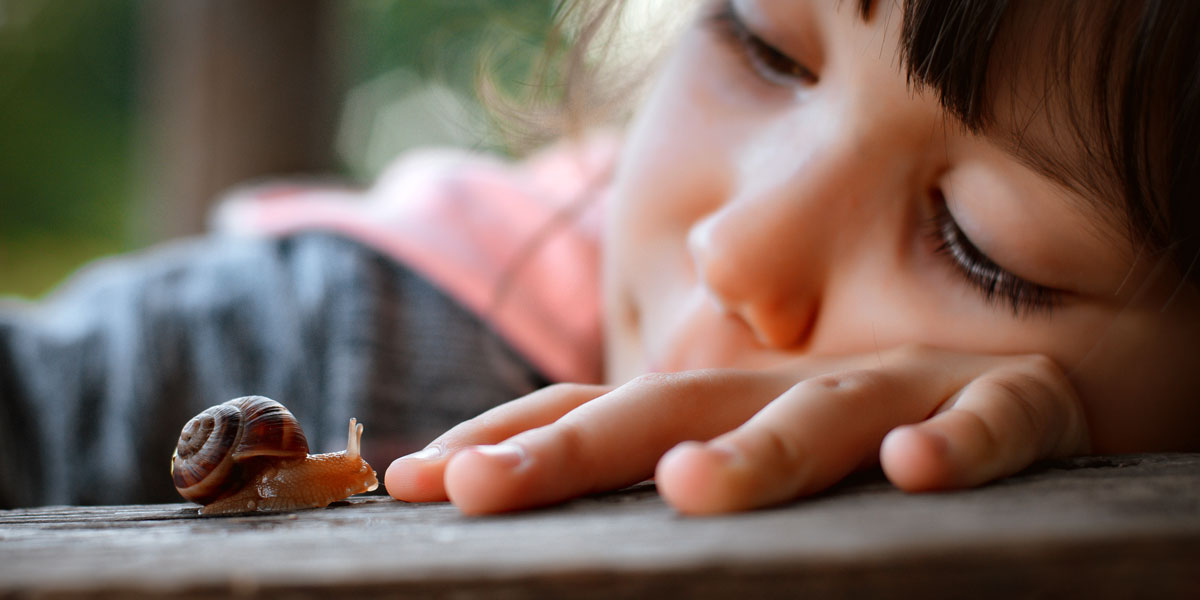

What are the benefits of slugs and snails?
By Buglife
10th March 2023
This guest blog was written by Nikki Banfield, Buglife Communication Officer. Living and working remotely in the Isles of Scilly, Nikki is inspired by the natural world and all it has to offer. Buglife is the only organisation in Europe dedicated to the conservation of all invertebrates. Their aim is to stop the extinction of these vital invertebrate species.
Why slugs and snails?
When I was approached to write a blog regarding a beneficial garden invertebrate, or invertebrates, my mind quickly sifted through a whole host of pretty much self-explanatory species; butterflies, bees, ladybirds, worms. Beautiful, favoured, charismatic creatures that the majority of us are happy to see in our garden; often going out of our way to encourage. They look good, they have positive personas, their “usefulness” is clear and apparent.
However, my grey matter kept whirring. Not content to “settle” on the easy and obvious I kept going and where I landed was a little slimier, a little more tentacled, among the garden “pests”.
Slugs and snails. They might not seem an obvious choice, and I can hear many people shouting at their computer screens; feel the disappointed shakes of heads, but I love an underdog and will always fight their corner. They have a special place in my heart and I’ve always found them fascinating.
Slugs and snails tend to have a fairly bad reputation, they are much maligned and misunderstood but as with all creatures, great and small, they are a key part of many ecosystems.
Snails without shells?
Going back to basics, “slug” is a common name for an apparently shell-less terrestrial gastropod, often described as a “snail without a shell”. Both descriptions are in some part right, but also in some part wrong.
Slugs are closely related to snails, but are more akin to cousins than siblings. It is believed that slugs have evolved from snails through a process known as vitrinisation (whereby the snail’s shell, through evolution, has become smaller and has either disappeared completely or become absorbed into the body and they have adapted to survive without an outer shell).
There are currently around 40 species of slug found in the UK, most of which are native, but did you know that three of that number are what are known as “shelled-slugs”?
Shelled-slugs take what is generally known about slugs, and give it a bit of a shake, as they actually have external shells! The shell might be small but what remains at the end of the slugs tail is a small part of what existed before, the vestigial shell.
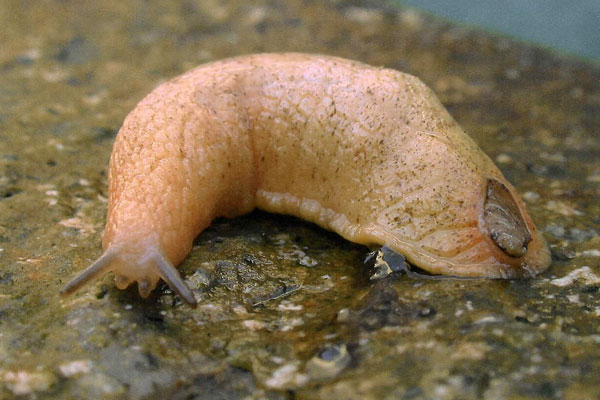

Slugs with a home?
In contrast, “snail” is the common name for terrestrial gastropods that have shells. Snails are born with a shell that grows as they grow; hardening as a result of the calcium they eat. The shell houses and protects many of the snails vital internal organs, including their liver, lung (yup, they just have one), kidney and heart; consequently a snail that loses its shell does not “become a slug”, it just becomes a dead snail. ☹
The size of the snail’s shell can vary from something the snail can retreat into, to protect itself, (a true snail); to something a little less practical which their body can’t fit into. These are known as semi-slugs; their shells are too small for them to retract into, but the shell is not quite vestigial, like the shelled-slugs.
Just to add to the confusion the shell of some semi-slugs may not be visible at a casual glance as it may be covered by the mantle (the slightly ridged area at the head end, behind the tentacles); effectively making it akin to an internal shell.
There are around 120 species of snail found in the UK.
Let’s slip past the bad & focus on the good
Both slugs and snails can cause damage to garden plants and crops, I won’t try and hide or deny that, but it’s only a small percentage of the approximately 200 UK species combined that are, in the eyes of humans, “a little bit naughty”. In reality, they are just living their lives; in some cases it’s their best lives, particularly if they’re lucky enough to come across the amazing buffets created by gardeners!
However, with a little bit of effort and forward planning much human heartache can be avoided, allowing these slimy little characters to live their best lives and help keep your green spaces healthy.
So, now to convince you that they are beneficial.
Most gardeners have a soft spot for regular garden visitors such as Hedgehogs, birds and frogs, and these are the obvious places to start when it comes to how slugs and snails are beneficial.
Slugs and snails are food…
Hedgehogs are omnivorous, meaning they eat a wide selection of food stuffs including fallen fruit, berries, eggs and other dead animals, but their main diet is invertebrates. Studies of the contents of wild Hedgehog stomachs have shown that slugs and snails are some of the most important invertebrates in a Hedgehogs diet.
Similarly, many much loved “garden birds”, such as the Song Thrush, also favour these slow and easy to catch gastropods; easily digestible and a good source of nutrition.
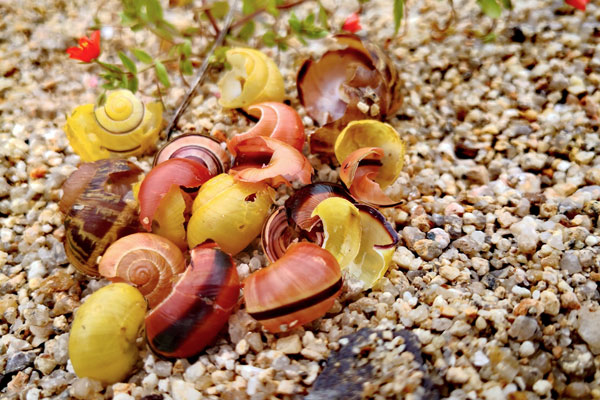

Possibly less well known is that frogs also eat slugs and snails, with slugs making up a large proportion of a frog’s diet!
In addition to this, slugs and snails are eaten by a number of other invertebrates including ground beetles, Devil’s Coach Horse Beetle (Ocypus olens) and centipedes
But, slugs and snails have benefits other than being food.
Slugs and snails are nature’s clean-up crews and recyclers.
Slithering around under cover of darkness they feed on (and process as a result) garden debris, fungi and rotting vegetation. They have also been observed feeding on the excrement and carcases of other animals. As such, they are a key player in the decomposition process and help to recycle and circulate nutrients into and through the soil, through burrowing, their faeces, dead bodies and shells. It’s also thought that they aid in fungal spore dispersal, thanks to their diet too.
Additionally their shells can form an important source of calcium for other creatures in calcium-poor habitats.
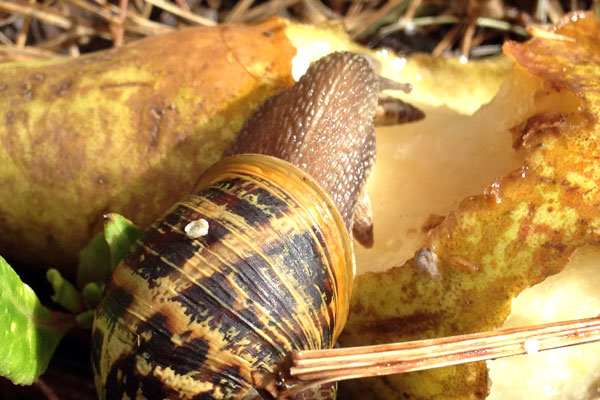

Slugs and snails are pollinators and spore dispersers.
Yes, you read that right, slugs and snails are probably amongst nature’s slowest pollinators. They cross-pollinate in the same way many other well-known pollinators do (i.e. butterflies and bees); pollen grains attach to their bodies as they pass or visit a flower, dropping off when they visit another flower. Although much less common than with other species, accidental pollination does still occur.
Similarly, they aid in the reproduction of fern species. Ingested spores remain in their stomachs until they are evacuated in a nutritious packet of poo to continue its growth.
Providing a home and creche for others.
Snail shells are amazing structures which are surprisingly resistant to decomposition; as such they are used by a variety of species. One example of this is the Gold-fringed Mason Bee (Osmia aurulenta); a species of solitary bee that will lay its eggs within an empty snail shell, sealing them in to hatch and overwinter in the shell before emerging the following year as adults.
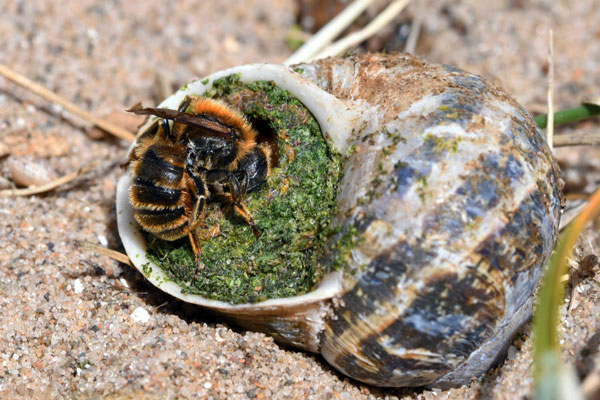

So, the next time you see a slug or a snail, I really hope you won’t immediately think it’s a pest that needs to be removed. Just look at all these amazing things that they do and the benefits they provide us, other species and the environment. Why not marvel at these magnificent molluscs and their slow, silent contribution to the natural world?






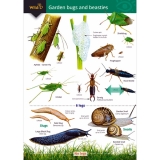

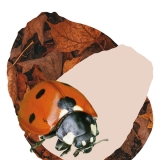
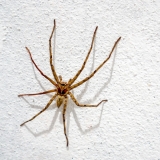

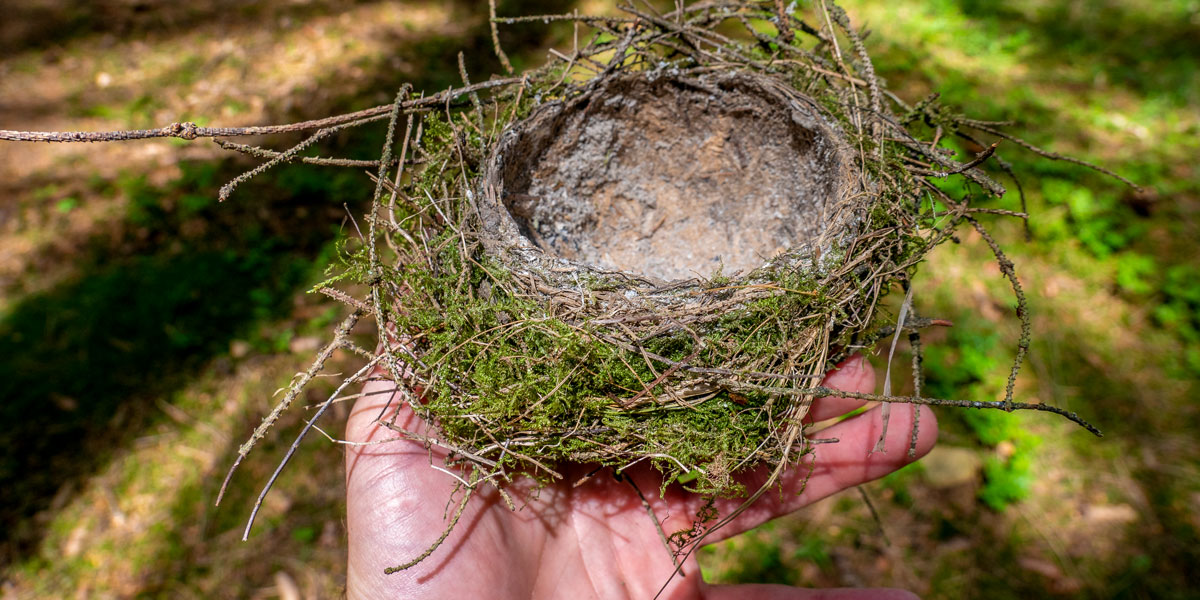
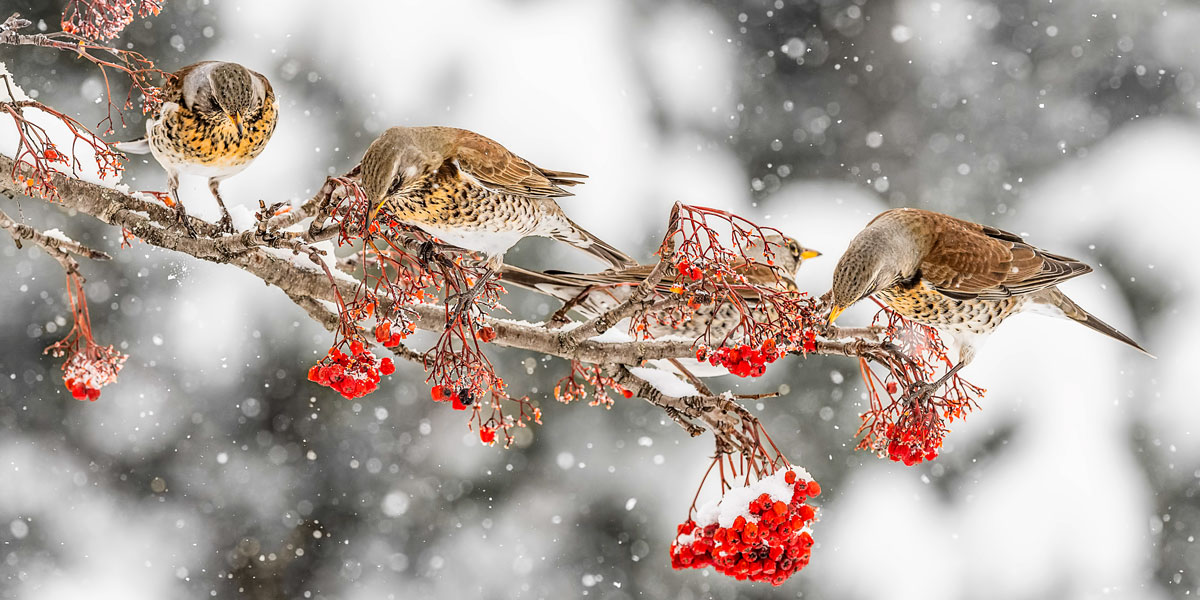

A well written and interesting post showing how we should all appreciate slugs and snails but then rather bizarrely, it is followed by a Related Products advert for ‘Grazers Slugs and Snails Deterrent’. Astonishing -you couldn’t make it up or get it more wrong!
Hi David
Grazers Slugs and Snails is not a poison and does no harm. The purpose is it makes the plant sprayed less tasty than the one beside it. This way, we can live in harmony with slugs and snails sharing the spoils and riches from our gardens.
The Ark Wildlife Team
I've studied snails for 30 years and have built them hibernation houses and have feeding stations dotted around the garden. Leave out cucumber and go and check it 1hour after dark, you will be amazed how many snails there are.
Absolutely superb article. Should be circulated in schools!! Not everything is fluffy, colourful or cuddly.